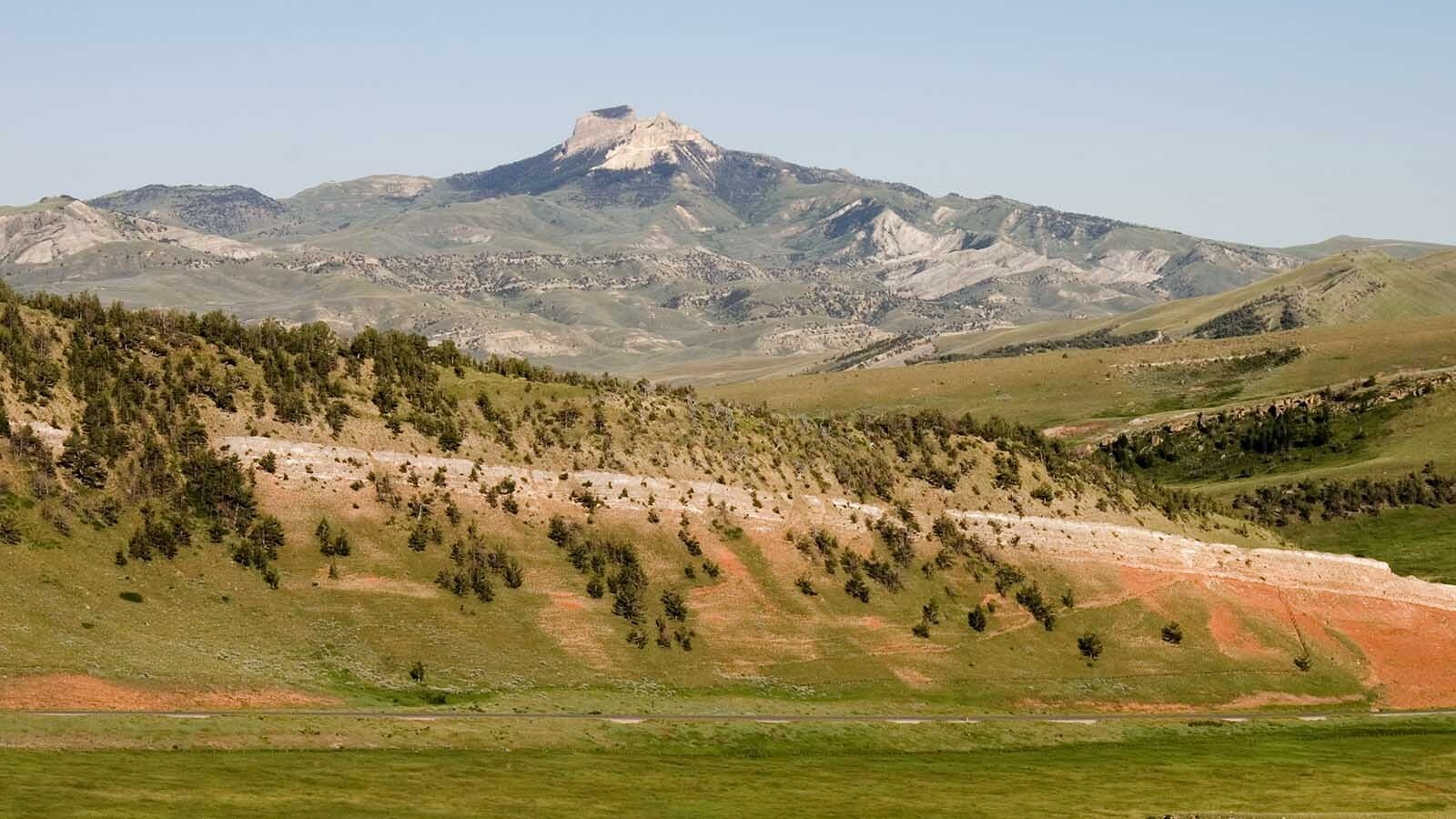Wyoming has roughly 350 wolves scattered among about 30 packs, raising the question of how tracking all those wolves, packs and pack membership doesn’t turn into a muddled mess.
The short answer is the wolves themselves make it relatively straightforward. There’s hardly any movement between groups as wolves tend to live, and die, with the packs they were born into.
Collar A Couple, And You Have The Pack
Tracking a wolf pack across its territory doesn’t require putting radio collars on every wolf, Wyoming Game and Fish Large Carnivore Specialist Dan Thompson told Cowboy State Daily.
Collaring just a couple of wolves per pack usually works, he said.
“By having a radio collar or two in each pack we can keep close tabs on numbers and colors of individuals in a pack — gray/black — that allow us to differentiate packs, evaluate reproduction and assign home ranges for packs,” he said.
Wolf packs are also highly territorial and will jealously guard their turf with gang-like intensity.
Fights To The Death
Game and Fish tracks wolves most closely in what the agency calls the Trophy Game Management Area. That’s the zone, mostly adjacent to Yellowstone National Park, where it’s legal to hunt wolves with licenses and during set hunting seasons.
Beyond that zone, wolves are considered a predatory species in Wyoming and may be shot on sight at any time, with no license required.
Within the trophy game zone, there were 192 wolves, according to a 2023 multi-agency Wyoming wolf report.
The sizes of Wyoming’s wolf packs vary widely, the report states. Some included four wolves, while the largest, the Pacific Creek Pack, had 16 members in 2023.
During that year, 47 wolves died in Wyoming’s trophy game zone, the report states. Those included four wolves killed by other wolves. That indicates that while fights between packs might be common, they’re rarely fatal.
Reports from Colorado give a similar picture. Ten wolves were reintroduced to Colorado in December 2023, and so far three of those have died.
One of those was killed by another wolf, although it was also suffering from a previous bullet wound to its leg.
Likewise, there are sometimes fatal wolf-on-wolf battles in Minnesota, wildlife researcher Thomas Gable previously told Cowboy State Daily.
Minnesota’s wolves are smaller than Wyoming’s wolves and they live differently, relying more on things like fish and berries.
However, packs there are every bit as territorial as they are in Wyoming, Gable said, and things sometimes get ugly.
Most recently, a pack that consisted of a breeding pair and one of their grown offspring was eliminated by rivals, he said. The two older wolves were killed on separate occasions. The fate of the third is uncertain.
“That ended that pack, just like that,” he said.

Splitting Packs
Wolves that lose their packs or pack leaders are more apt to try forming new packs than trying to join an existing one, wildlife biologist Robert Crabtree told Cowboy State Daily.
A wolf that finds itself alone isn’t likely to be accepted if it wanders into a pack’s territory, said Crabtree, who is the founder, chief scientist and president of the Yellowstone Ecological Research Center.
“Yes, there are exceptions to accepting outsiders, but they are few and far between,” he said.
Sometimes new packs are formed when wolves split into factions.
“In a minority of cases, large packs will split, as seen in Yellowstone park,” he said.
In such a case, each new pack will establish an “alpha pair” to lead it.
It’s usually simple for researchers to recognize the new packs because “their territories are mostly not overlapping and they fight often where there is overlap,” he said.
Packs are highly dependent upon their leaders, Crabtree said.
“What's particularly fascinating is that when an alpha is killed, the pack often breaks up into groups of one, two or three, which wander off in search of forming their own packs,” he said. “The pack can disintegrate when leadership is removed.”
And sometimes when a pack scatters, “they all disperse and often get into trouble with livestock depredations,” he said.
Mark Heinz can be reached at mark@cowboystatedaily.com.





